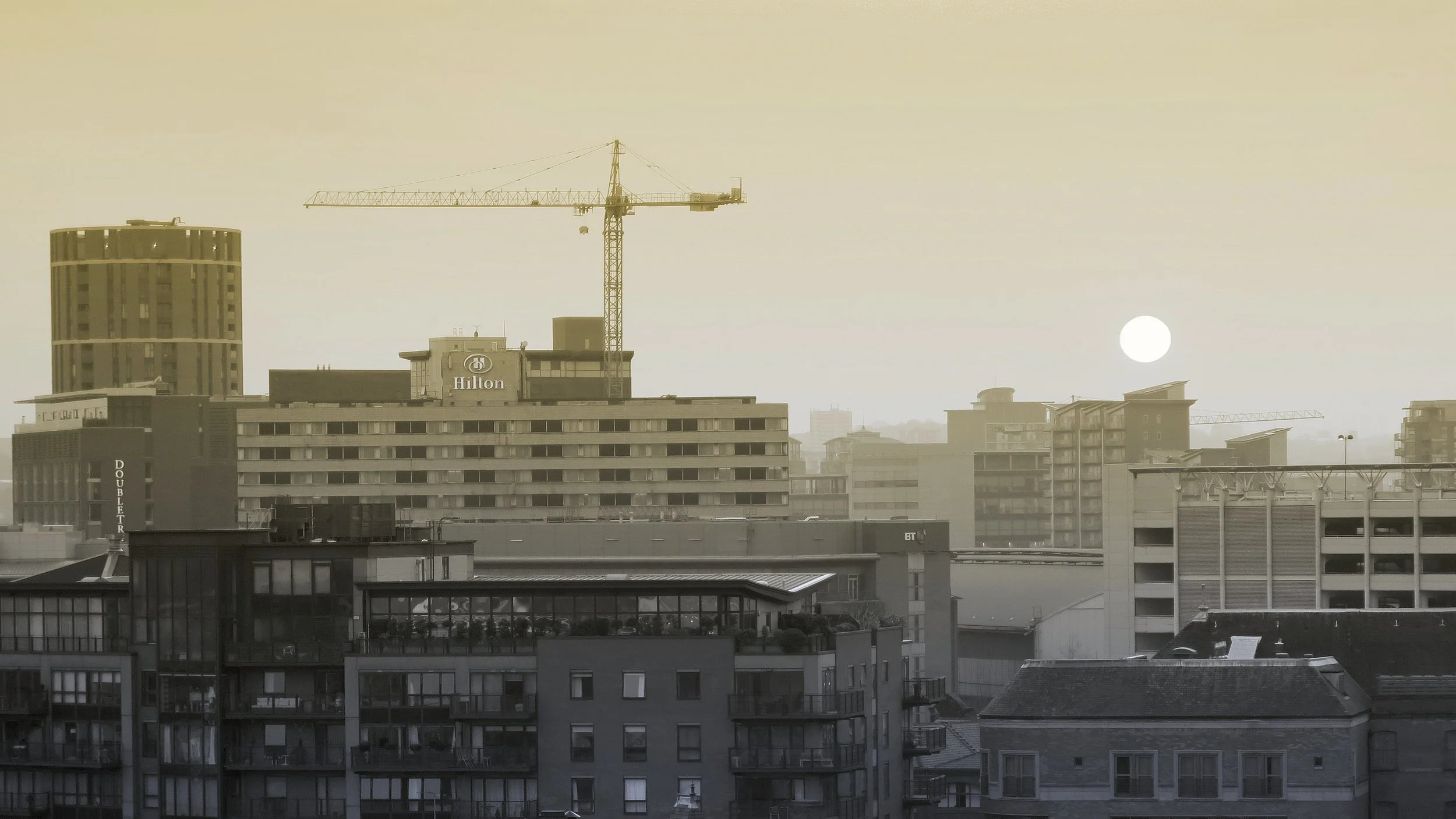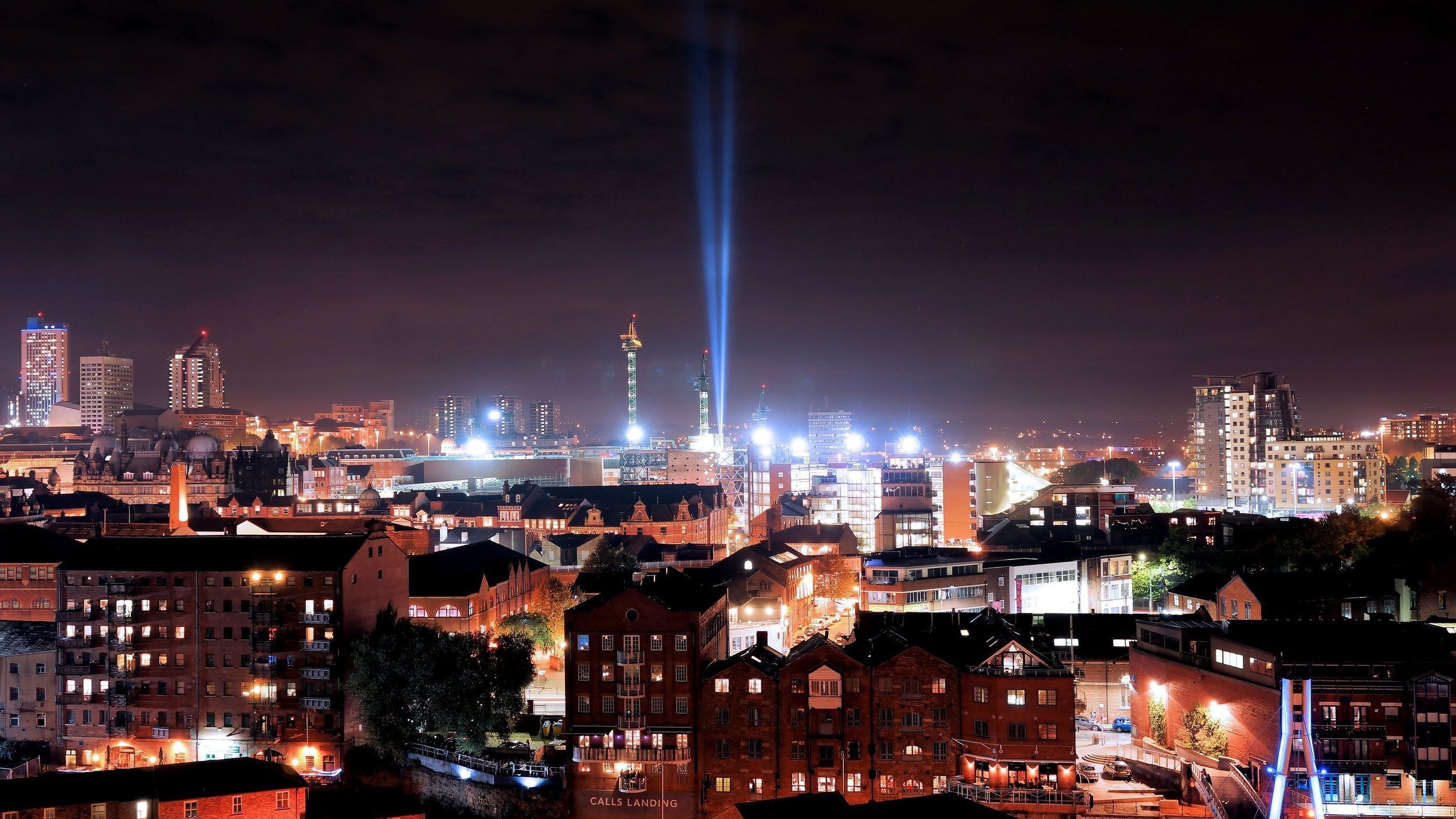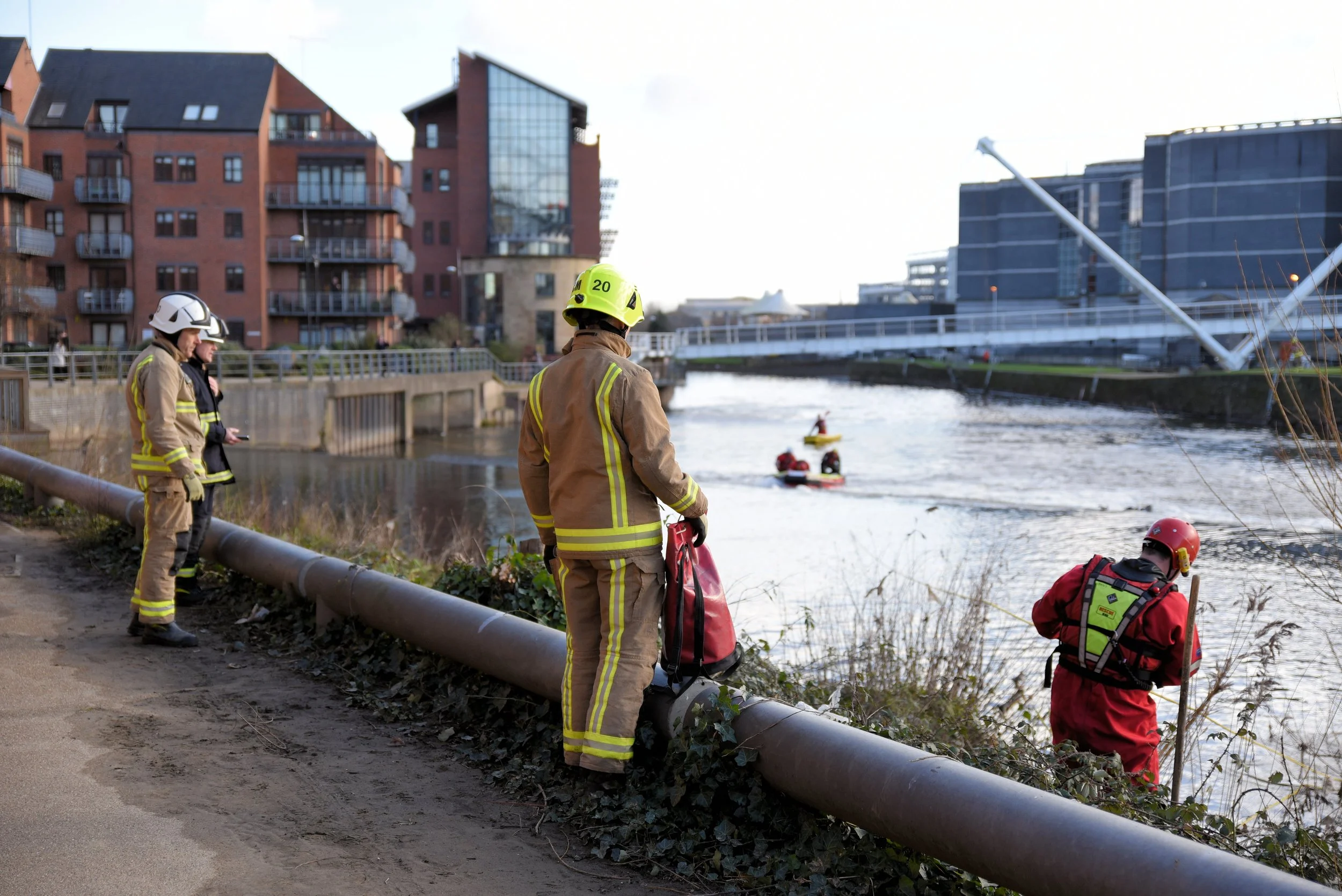Photography Equipment
I am a firm believer in the notion that photography should always be enjoyed with the equipment you have available at the time. It is all too easy to become focused on the latest and greatest bit of tech and I have often heard people talking about how they can't wait to save up enough money to buy that new camera but whilst they are saving they neglect to use the equipment they do have available, often in the mistaken belief that the results won't be worth the effort. Below are details of the equipment I currently use, it is of course not an exhaustive list of the equipment available but it does provide an overview of some of the most common types of camera available. Over the last five years I have worked my way up from very basic point and shoot cameras to compacts and DSLR's however I always wan't to express the point that you can create great images with the most basic of equipment. Don't let the fact that you haven't yet got your dream camera stop you from learning on the kit you have.
Mobile PHONE - NEXUS 6P
The mobile phone has become the most commonly used camera used in the world. They are everywhere and unlike a heavy DSLR or bulky compact there is a great chance that you will always have your mobile phone in your pocket. A phone camera is always better than no camera! I use the Nexus 6P which is a 12MP stills camera that also shoots 4K video. I absolutely love using mobile phones in good light situations, they are so much more discrete than a dedicated camera and people react differently to them as they are so used to family and friends using them. Both Android and Apple phones have a wide range of camera apps to download and many of them give some form of manual control over the cameras settings which makes them ideal to learn on. Finally, not only is the mobile phone the perfect for taking the image but excellent editing software is also available on many modern phones as well as the ability to use the phone to upload the images to social media.
Bellow is a review of the phone I currently use, i highly recommend it for both photography and video. Also linked below is the App I use, Open Camera is a free App and is also highly recommended.
At the bottom of this page are comparison shots from all the cameras I currently use, I think they speak volumes for the quality that can be achieved on a phone. Still not sure about mobile phone cameras? Don't take my word for it! Below is a short video of an interview with Ben Lowy, the award winning Photojournalist who inspired me to have confidence in my mobile phone camera and appreciate the results it produces.
Examples of Edited Mobile Phone Images:
A perfect example of the flexibility of mobile phones can be seen in the video below which was shot at the wedding of two friends using a combination of point and shoot cameras, a single Canon 550D and various mobile phones and was edited to give the footage a consistent look. The footage was captured by myself and other guests with whatever equipment was available to each person. It allowed the shooting of the wedding without the filming impacting on guests who acted naturally without large cameras tracking their every move. The phones were also able to be used as audio capture devices and were carefully placed to capture audio throughout the day. The audio for the wedding ceremony was recorded on a HTC One tapped to a tent pole in the back ground! Its not for everyone and the use of more larger DSLRs may well have captured some nicer quality footage however the video really captured the atmosphere of the day and most importantly was filmed in such a way that those helping film could still enjoy their day.
POINT AND SHOOT - CANON G7X
The next step up from the mobile phone is the traditional "point and shoot" camera. Point and shoot cameras have come a very long way over recent years, in particular with the introduction of 1 inch sensors which have increased the ability to capture in low light and achieve images with a depth of field. The Canon G7X allows fro both auto and manual shooting and is another great way to learn how cameras work. Higher end point and shoots such as the Canon also have the benefit of being able to shoot in RAW which is a file format that captures much more information than that of JPEG images and ultimately allows for way more adjustments to be made to an image in editing software. The large sensor in the Canon allows for much better low light performance than a mobile phone and yet the camera is still relatively compact and easy to transport.
Examples of Edited G7X Images:
DSLR - NIKON D750
The Nikon D750 is a full-frame 35mm digital SLR. I've aspired to own a full-frame camera for a number of years and recently sold my old DSLR equipment in order to upgrade. I have paired it with the Tamron 24-70mm 2.8 VC and a 50mm 1.8 Nikon. The main benefit of the D750 is that its sensor is an equivalent size to film, that being 36mm x 24mm. The large sensor produces excellent high resolution images, a lovely depth of field and works brilliantly in low light at high ISO's. The Nikon also focuses amazingly well in situations where many cameras fail.
When buying camera gear it is vitally important to consider the cost and usability as well as the practicality of using the camera in the situations you want to take photos in. There is no doubt that a large DSLR such as the the D750 draws attention to you and this makes it much harder to capture candid shots. I would also recommend thinking about how comfortable you will be using the camera how it is intended, it's very tempting to wrap such equipment in cotton wool and I've known cameras not see very much action due to the owners worry about damage and wear and tear.
Examples of Edited DSLR Images:
In the following sections example images have been taken on mobile phone, point and shoot and the DSLR. The images were taken at the same time with all cameras set to AUTO in order to provide a demonstration of the quality available from each system. I hope the images go to show that it is worthwhile using whatever equipment you have to hand at the time.
Mobile Phone Comparison Images:
Canon G7X Comparison Images:
Nikon D750 Comparison Images:
Editing PC
One of the expenses associated with photography that is often forgotten is the availability of a computer powerful enough to edit images and videos on. Like myself most people will set out with an old laptop or PC and hope for the best, preferring to put money into camera equipment but eventually all photographers will want a computer that is fast enough not to hinder their workflow. In this case there are three main options. These are the purchase of a windows laptop or desktop PC, the purchase of an Apple laptop or iMac, or as I chose to do you can save yourself some money and build your own workstation PC.
As long as it goes to plan building a PC is like Lego for adults. In the video below I have provided a guide for building your own workstation and I would highly recommend it as a worthwhile experience.
























